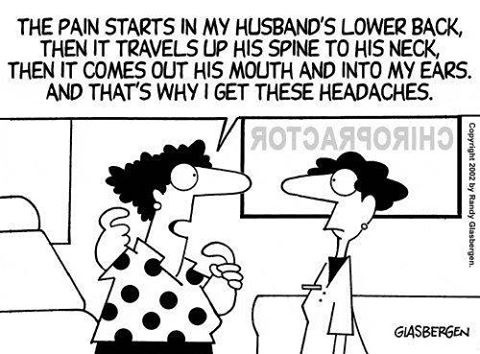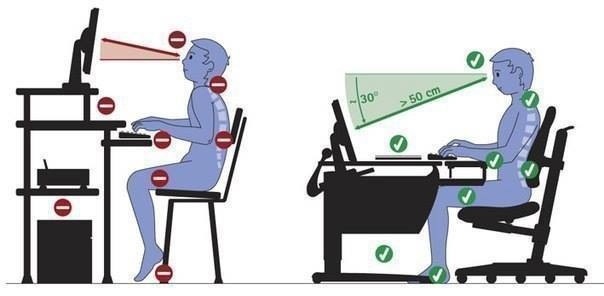Enjoy your week. Stay Healthy.


The piriformis muscle originates on the sacrum and crosses over at a slightly downward angle to the outside of the hip, attaching to the lateral side of the femur. Its function is to laterally rotate and extend the hip joint. Piriformis syndrome is a condition in which the piriformis muscle irritates the sciatic nerve, causing pain in the buttocks and referred pain down the leg along the path of the sciatic nerve.
How is it caused?
If the leg has been externally rotated for an extended period of time, such as driving long distances, the piriformis muscle can shorten. Continual internal rotation of the femur (result of prolonged pronation and poor foot mechanics) can cause the piriformis muscle to overwork and therefore increase in size. In both instances, when the leg tries to straighten out during activities like walking, the involved muscle compresses the sciatic nerve.
Treatment
Stretching of the piriformis muscle is necessary. Massage is helpful in relieving tightness. Faulty pelvic and foot mechanics need to be addressed. If internal rotation of the femur and prolonged pronation is evident, an orthotic device should be prescribed to prevent over-pronation and control the leg from internally rotating too much and too long.


Calluses
Callus is an area of thickened skin tissue on the bottom of the foot due to irritation. Calluses are localized in high friction areas, typically under bony prominences.
How is it caused?
The integrity of the protective barrier the skin provides the foot is critical in maintaining weight-bearing function. Callus formation occurs in areas of high vertical and shear loads and defends against blistering and ulceration. However, this process itself can cause symptoms and predispose patients with poly-neuropathy to deep infection. Even in a so-called “healthy†foot, poor foot function can lead to callus formation. During over-pronation, the foot rolls across the metatarsal heads—one at a time—distributing the weight unequally. This happens because the foot is unstable, with over pronation causing hypermobility of soft tissues. Prolonged over pronation will cause the skin to be trapped between the bones in the foot and the ground; concurrently, the friction of individual metatarsal heads, bearing all the weight, can cause inflammation. The skin thickens in the inflamed area to protect the sore spot. This thick build up of skin so close to the nerve endings in the bottom of the foot is what contributes to the pain.
Treatment
Soft tissue care and maintenance is recommended. However, since the problem is high vertical and shear loading your patient will benefit from Footmaxx orthotics to properly redistribute plantar pressure. Within weeks, your patient will likely feel pain relief. The calluses can be cut away or will eventually go away on their own once the irritation no longer exists.
Call for your free Footmaxx Gait analysis 604-270-1007.









